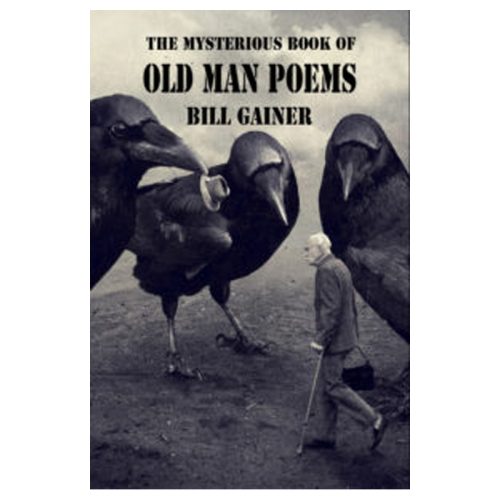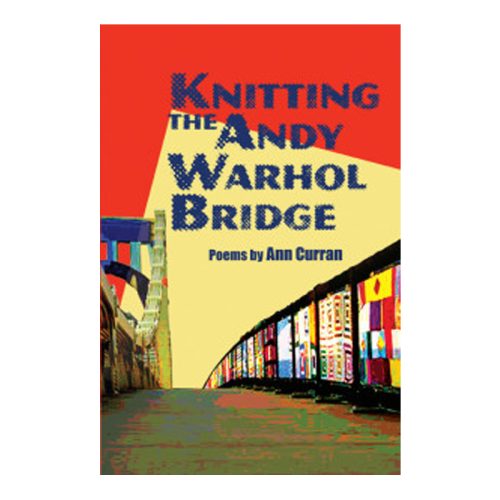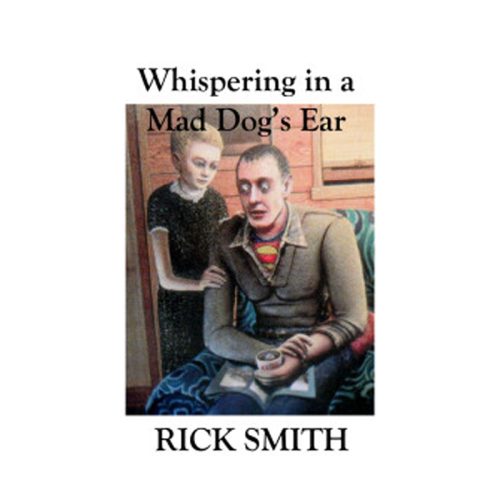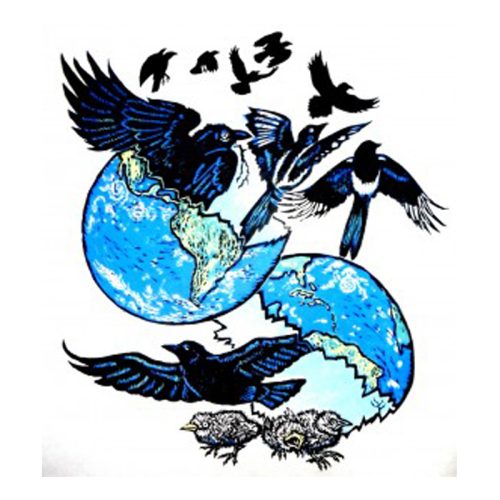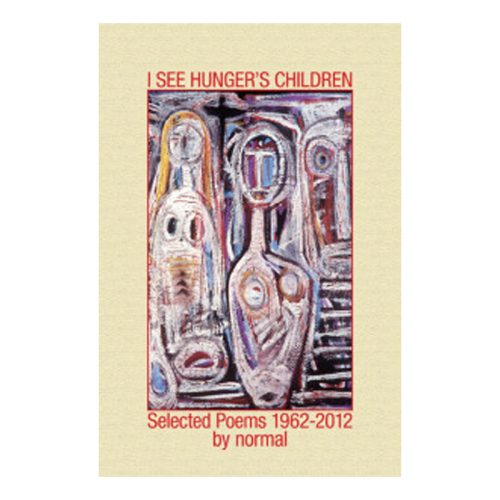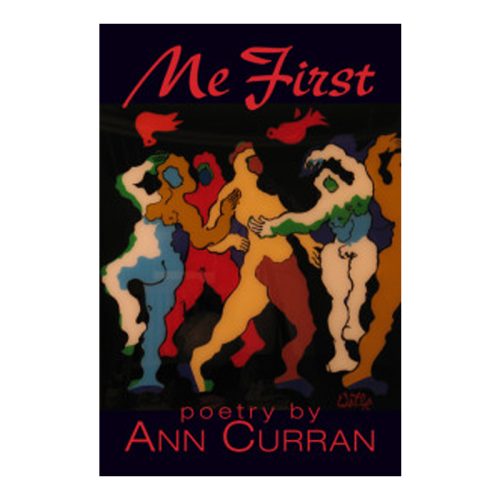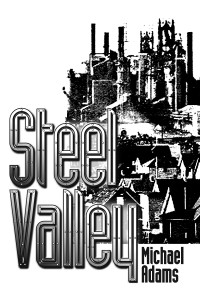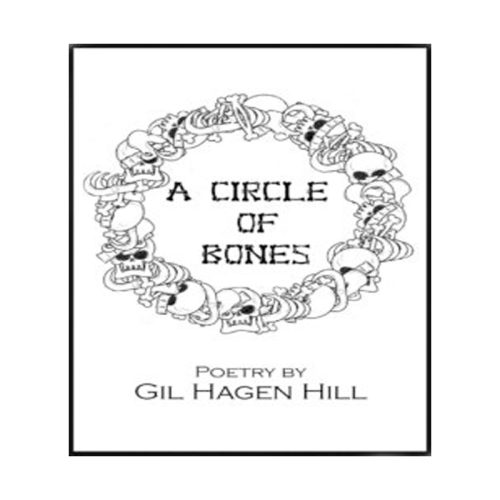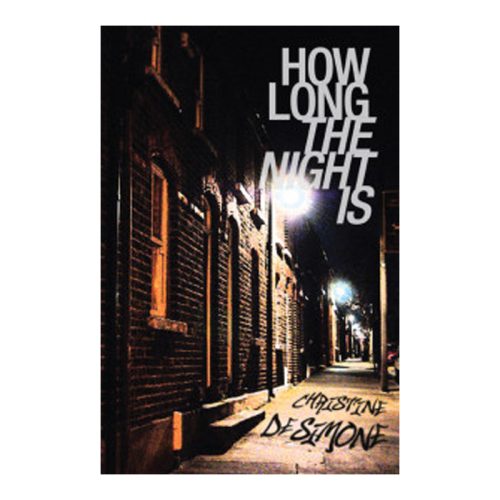-
A collection of poetic "orphans." Poems that had fallen by the wayside because they didn't seem to be anything that anyone would want to have around (hence the "orphan"). The poetry in this collection hopscotches around encompassing the years 1993 to 2016. It represents the forgotten poems from four previous collections: Fire and Rain (Volumes 1 & 2), E/OR and the expurgated version, Living Among the Mangled. Remarkably, many of the poems are still relevant to the concerns that many of us have today. . . perhaps proving that RD is a savvy visionary or (more likely) that the story doesn't change, only the characters do.
-
ISBN 978-0-9984580-5-2 6 X 9; 120 pages; Trade Paper
By Bill Gainer
Bill Gainer’s world is not a safe place, not for the old men, not for him. It’s a place of mysterious things, happenings, people, and times. It’s a place where the mysteries of old men are told, not with guilt, but as they happened. The Mysterious Book of Old Man Poems tells of a time mostly past, not forgotten, but hidden away in the hearts of old men, its magic intact.
-
By Ann Curran
The poems in Ann Curran’s Knitting the Andy Warhol Bridge flash with a quiet brilliance. An adroit wordsmith, Curran turns clever on its head; her poems can become deadly at the least provocation, not to mention funny, dark, illuminating, and often, heartbreakingly sad. Her poems celebrate life in all its sullied glory. No subject escapes her critical gaze: weddings, sports stadiums, parolees sharing a moment, adoption, racism, war, rumors, love, death. Even the penis is fair game for her wit. These poems sparkle with specifics; they dig deep, nudge the reader toward tolerance. “The New Pastor” “urges the faithful/ to open their hearts to different people: the food co-op kid with rings in his nose,/ lips and eyebrows, the Latino next door,/ college students with raucous beer parties,/ even the half-black U.S. president./ Put down the iPod, the Wi-Fi-fed notebook. / See the live people. …Deal with the real.” This timely, remarkable collection deals with the real in a profound and brand new way. It is a considerable achievement and a terrific read. — Alexis Rhone Fancher, poetry editor of Cultural Weekly, author of State of Grace: The Joshua Elegies, and How I Lost My Virginity to Michael Cohen and other Heart Stab Poems
-
112 pages; 6 X 9 Perfect Bound, Softcover ISBN 978-1-929878-50-5
By Rick Smith
Rick Smith's third book with Lummox Press represents a significant departure from his previous two titles, Hard Landing and The Wren Notebook. In those two books, Smith utilized the diminutive Wren as an archetypal character that represented both bird and human behavior. It was almost a spiritual journey at times...a wonder-filled travelogue with Wren. But things have taken a decidedly darker turn in this collection of poems...instead the wispy wren, fluttering around and having some feathery adventures, has been replaced by a mangy mutt prowling around the back alleys of a bad part of town looking to score some meth or chew on a leg...whichever comes first or seems the most interesting. While Whispering in a Mad Dog's Ear will surprise Smith fans with it's variety of subject matter; his mastery of the poem is still as strong and as true as it has ever been, in fact, in some cases his work is even stronger and more startling in its imagery and language. The only problem with this book is how he will top it in his next collection! Cover art by Llyn Foulkes, entitled Pop, 1985-1990 Layout design by Chris Yeseta -
By B. J. Buckley
ISBN 978-1-929878-74-1 100 pages; 6 X 9 inches; Trade Paperback Even a quick glance at YouTube will provide a number of videos demonstrating crows’ ability to solve problems, as well as crows’ ability to play. My favorite shows a crow sliding down a snowy roof, flying to the top again, and repeating the slide. The crow is clearly having a great time, clearly playing. There is no other purpose apparent in the activity. It is simply play. Recently wildlife biologists have begun to understand the inter-species cooperation that seems to exist between wolves and ravens. Ravens, it seems, will find a carcass and then lead wolves to it. The birds know that they cannot get through the tough skin of an elk, but that once the wolves have gotten through the skin, and eaten their fill, they will leave enough meat for the ravens. Biologists have seen ravens fly down into the middle of a litter of wolf pups playing outside their den. The raven will begin to play with the pups, throwing sticks for them or letting the pups chase him. This interaction demonstrates an intelligence and curiosity that extends well beyond instinctive, rote behavior for finding food and shelter. Beyond these specific examples, the Corvids, whether crows, ravens, or magpies, have all played significant roles in world folklore and myth. They are, by turns, bringers of wisdom, harbingers of both good and bad news, or tricksters who can aid a hero or unmask a villain. The rhyme at the beginning of this introduction is an Old English chant recited when seeing a flock of crows. The Norse god Odin had a raven as his companion, and the Haida of the American Pacific Northwest used ravens on their totem poles and created elaborate raven masks. B. J. Buckley’s poems in Corvidae allude to all these attributes and mythologies and more. These poems pay tribute to many of the ways the Corvids have interacted with humans. She uses chants, rhymes, poetic forms, and free verse to create mythology that is both old and familiar and, at the same time, stunningly original. Her poems speak to a reverence for not only the birds themselves but that which is numinous in human experience. Reading these poems changes how we see these beautiful birds, and changes how we see the mystical and spiritual in our lives. These poems should be savored. They should be read aloud to appreciate Buckley’s use of sound, and they could easily be part of personal spiritual practice, read by candlelight or read outdoors where our Corvid relatives may hear them, too, and both laugh in their mocking way and participate in the mystical as they fly across an open sky. An excerpt from the introduction by Jane Elkington Wohl, PhD. Look at a sample copy of Corvidae here -
ISBN 978-1-929878-80-2 128 pages, 6 X 9, Trade Paperback Normal
I first became aware of the poet normal through Lee Crabtree, then the Fug's keyboard man, in 1963 or '64, at the Peace Eye Bookstore on the Lower East Side. Thirty-five years later I became re-acquainted with his poems. I liked his honesty. I like the "jolt" of reality in these works, and the intensity of images such as the "devil hair of barbed wire',' and "diamonds of light beg forgiveness',' or "a parade of wrinkles." Go forth. normal.— Ed Sanders, poet, musician & activist "...normal is the voice of the homeless, the victimized, the disaffected and the disturbed. These are poems born of the street, of the vagabond heart, the true restless American spirit that Whitman spoke of when he heard America singing. Too often, now, we hear of singing like the dolphins in an Eliot poem, who do not sing for us. normal sings for us, that is, to the poet in us all and we should listen." — Alan Catlin
Hunger's Children Sampler -
ISBN 978-1-929878-44-4 120 pages, 6 X 9, Trade Paperback
Ann Curran has written a book like no other. With a reporter's eye and a poet's vision, she has created a new genre—a poetry of utter frankness. For grief, see the Kennedy poem. For candor, the poem to Maxine Kumin. For accuracy, her lines on "cagey" Seamus Heaney. Whether the subject is the million dollar sale of a bishop's mansion, the Warhol and Ginsberg myths or the "profound" jottings of Kay Ryan and other superficialists, this is poetry at war with fakery on all fronts, and it's as unignorable as it is rare. —Samuel Hazo, director, International Poetry Forum, professor emeritus, Duquesne University. The “me” of these poems celebrates “connecting.” Ann Curran identifies persons and associations that have places in her drama. The voice can be modest, sardonic, even outrageous. Never just chronicler and seasoned by her years as a reporter, no foolishness and no person goes unnoticed. The writer’s wit, balanced by tenderness, makes the reader look forward to each poem. You want to laugh, cry, applaud. You’ll love her authenticity. —Rosaly DeMaios Roffman, professor emerita, Indiana University of Pennsylvania.
Me First Sampler -
ISBN 978-1-929878-17-8 106 pages, Trade Paperback
I first heard Mike Adams reading selections from Steel Valley on the Jane Crown Show (pod cast) in 2009. I was so enthralled with what I heard that I called in and offered to publish the manuscript! Thus Steel Valley was born. — RD Armstrong John Macker, a respected poet, reviewer and small press publisher (the Desert Shovel Review) wrote this about Steel Valley: "I love poetry that illuminates the soul’s travelogue. You can feel with all senses the steel wheels of Mike Adams’ Pennsylvania steel mill and railroad boyhood pulse in every word; his clear, generous breaths open the heart to the wide expanses of the poet writing down his life. These tough, tender-eyed poems and prose pieces are at once blue collar and bohemian, homages to the drinking and the working life juxtaposed against a long poem about cooking green chili. There are disappearing riprap trails and epic family narratives that haunt and exhilarate. It is hard to find a geography worth its weight in memory that doesn't resonate with the blood and spirit of its inhabitants. Mike, like Ed Abbey before him, left behind the Wobbly Joe bars, mills, hills and scarred valleys of Pennsylvania for the boisterous outback of the comparatively wide, wild open West. Steel Valley is fine writing, epic and intimate." – John macker
Sadly, on Sept. 28, 2013 we lost Mike to Cancer. He was a great man, both as poet and a human being, gentle & wise. He is sorely missed. Read a sample of Steel Valley here. -
ISBN 9780999778401 52 pgs. Perfect Bound
By Gil Hagen Hill
The past haunts these highly allusive poems, rich with thoughtful, precise images that convey “numinous ambiguities,” as in the title poem. A Circle of Bones is a welcome addition to 21st-century American poetry. — Clifton Snider
-
ISBN 978-1-929878-42-0 100 pages, 6 X 9, Trade Paperback
In musically charged lyrics, Christine DeSimone takes on the big questions: “Where is the life you want?” and “So how do you do it? Where do you go to begin again?” Her poems travel the globe looking for answers, from a diner in Chatsworth to a Lisbon night that “drops like an exiled heart,” from an “office with no windows,” to the Cliffs of Dover, from Billie Holiday’s deathbed to the “fluorescent gloom” of the Tenderloin. At each stop, DeSimone listens with “dog-whistled acumen / to find what the world is really saying,” rendering all she hears in stark, unflinching detail.— Cheryl Dumesnil, author of In Praise of Falling and Love Song for Baby X
In this, her first full-length collection, Christine DeSimone strikes gold! How Long The Night Is Sampler



